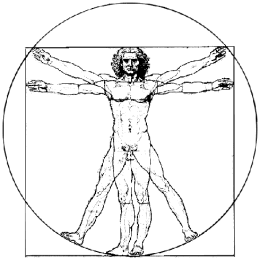To meaningfully weigh the advantages and disadvantages of ‘common time frames’, clarity is necessary on which common time frames one is referring to. In the context of nationally determined contributions (NDCs), there are essentially two possible interpretations of that phrase: a material one, and a procedural one. The material interpretation is about time intervals associated with the NDCs – to be precise, about target periods and implementation periods. The procedural interpretation is about timetables for communicating and updating NDCs. Both types of time frames might benefit ambition through a harmonisation. Since the debate on target and implementation periods is chiefly centred around the market-based collaborative approaches of Article 6, it is probably best not to bring it into the Article 4.10 debate. That debate, particularly in the context of how common time frames could help enhance NDC ambition, is therefore best focused on the procedural side of things. This Note highlights some of the problems with the NDC communication and updating process, as currently defined in paragraphs 23 and 24 of Decision 1/CP.21. It also summarises the advantages, for enhancing NDC ambition, of combining the two paragraphs into a common procedural time frame that has become known as the Dynamic Contribution Cycle. In practical terms, such a combination could be achieved in very simple terms, by: Requesting all Parties in 2025 to update their 2030 NDC and communicate an indicative 2035 NDC, and to do so every five years thereafter.
Publication Date:
February, 2018
Publication:
